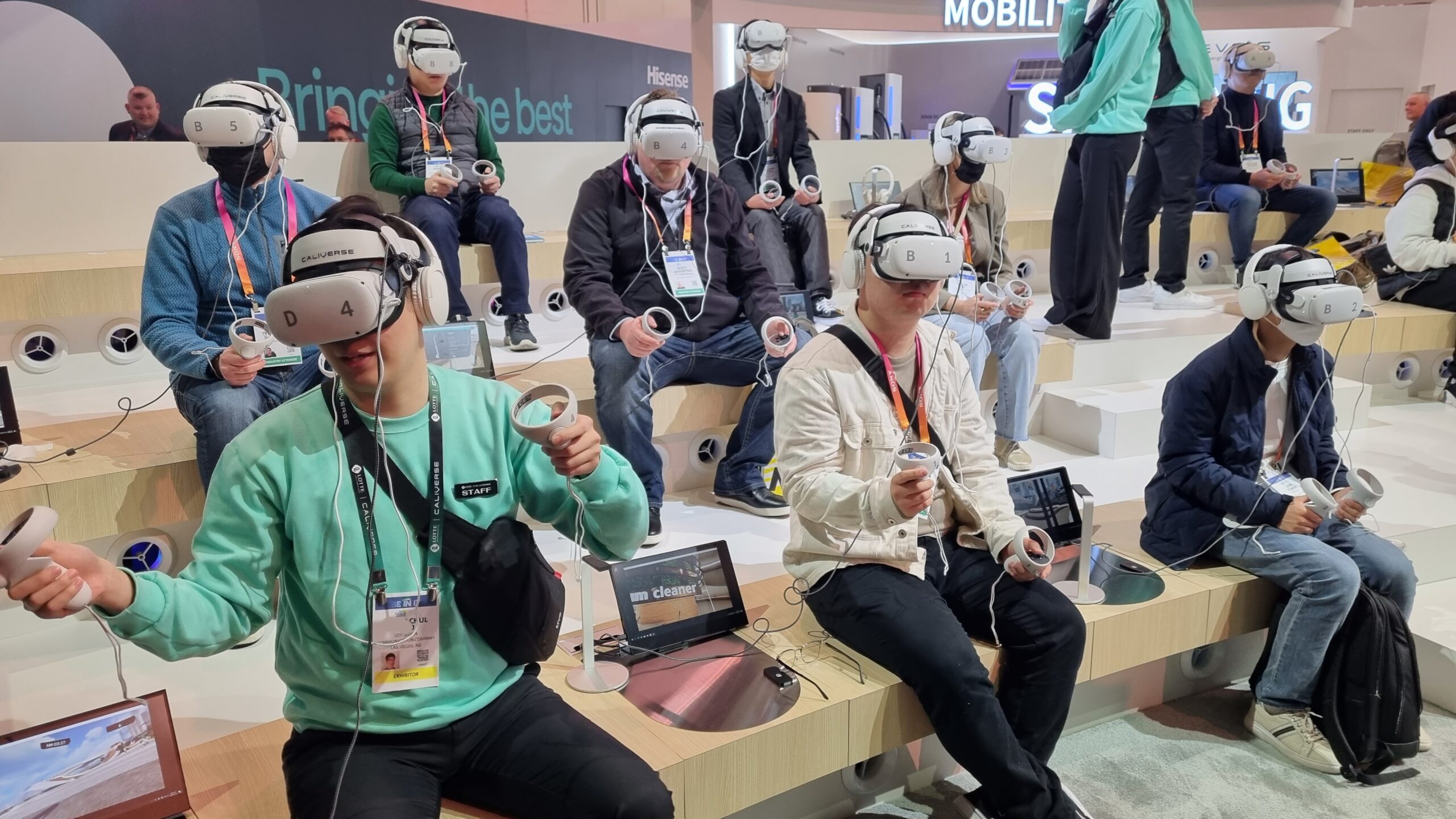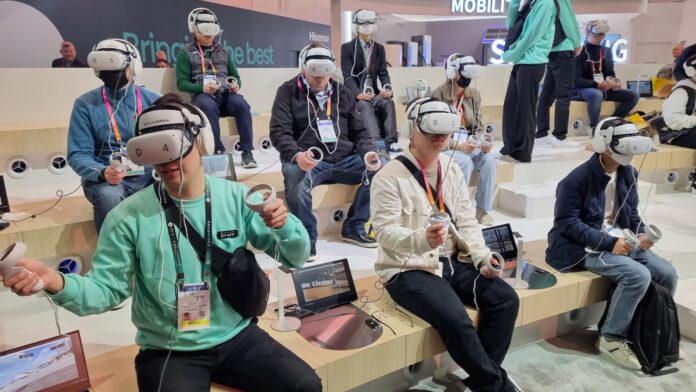Discussion of the metaverse’s capabilities dominates most of the panels devoted to communications, entertainment, and health at CES 2023, which takes place this week in Las Vegas. There is also a wide spread of technology and hardware vendors related to virtual reality and augmented reality applications in exhibition halls. But after all, is the metaverse one of the “hypotheses” that will be one of the failures in the process of technological evolution?
In the discussions held at CES, there is some skepticism about the economic viability of the massive effort to develop a new virtual interaction environment. Not coincidentally, this was one of the reasons why Meta (Facebook) shares, in 2023, were severely punished on the stock exchange. On the other hand, a significant portion of the futurists and engineering departments of some of the largest consumer technology companies in the world continue to bet that this path is irreversible. But some conditions must be present.
Among the concerns, of course, is connectivity. No one is yet clear on the impact on the networks and infrastructure to support broadband if the volume of people connected to some of the different airspaces will cause it. The truth is that according to CES terminology, such as volumetric capture of spaces, 8K content, multiple angles, HDR and other technical terms, but in essence it means reproducing, in virtual environments or streaming images, the maximum level of reality, is present in all conversations. All of this means one thing: moving more data across networks. says Leslie Shannon, head of ecosystems and trends research at Nokia.
Another problem is how to make the metaverse visually appealing. Any modeling of 3D worlds will require an enormous amount of creativity or technical representations, or at least a tremendous ability to simulate reality through the manipulation of real images. For Dade Orgeon, vice president of 3D Innovation at Shutterstock, one of the world’s largest image-gathering platforms, this would be impossible without the extensive use of “generative technologies.” Basically, it is about creating images and collages through artificial intelligence, without direct human intervention. But this will generate a huge amount of processing power in the cloud, again putting pressure on networking infrastructure and servers. Still, there are other ethical concerns, intellectual property rights, and privacy and restrictions that must be placed on these generative networks in creating virtual environments.
Another roadblock to the metaverse is, of course, thinking about business models that make sense. Today, the cases that seem to be best solved are those related to the purchase of virtual assets in games and those exploited by the fashion industry. “But we still have a big, long-term mission to educate different brands and actors about the potential,” said Kathy Hacke, founder of Journey, a design and consulting firm for Metaverse.
For Jason Waskey, creative director at Microsoft, users need to feel comfortable and familiar with the metaverse environment, and the company cares about the artificiality of existing applications. “Obviously there is a barrier between the real world and the virtual world, and that can be a hurdle,” he said, with a particular interest in the environments created by artificial intelligence.
real apps
But if the fully immersive metaverse is still in its infancy, corporate solutions based on virtual reality and augmented reality seem to be gaining more and more traction. Not only because of hardware simplification, which is getting more comfortable and easier to use (those big VR glasses seem like their days are numbered), but because of real applications in corporate environments, especially telemedicine, automotive, engineering and industrial production. There is an abundance of issues in demos and releases. Companies traditionally dedicated to the photo market, such as Canon and Sony, for example, have begun to devote a significant part of their attention and development projects to projects related to image capture and processing for applications related to virtual reality and augmented reality.
AMD, one of the world’s largest processor manufacturers, has also focused a significant portion of its launches not only on processors with the largest capacity, but especially with intelligent processing power dedicated to imaging applications for virtual environments.

“Coffee trailblazer. Social media ninja. Unapologetic web guru. Friendly music fan. Alcohol fanatic.”


